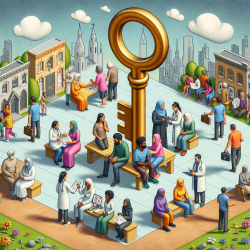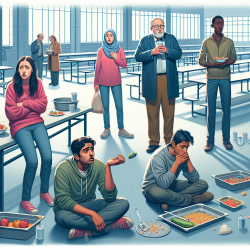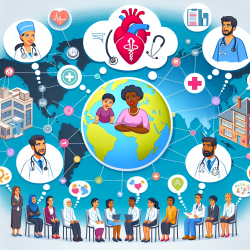The global movement of people seeking refuge or better opportunities has led to a significant increase in migrant and refugee populations in many parts of the world. With this shift comes the challenge of providing adequate healthcare services to these groups, who often face barriers due to language, cultural differences, and socioeconomic factors. A recent scoping literature review titled "Community-Based Healthcare for Migrants and Refugees: A Scoping Literature Review of Best Practices" sheds light on effective strategies that practitioners can implement to improve healthcare delivery for these communities.
The Importance of Community-Based Healthcare Models
Community-based healthcare models are designed to address the unique needs of migrant and refugee populations by integrating services within local communities. This approach not only improves access to healthcare but also fosters better integration into society. The review identifies several best practices that can be adopted by healthcare providers to enhance service delivery.
Mental Health Services
- Cultural Sensitivity: Training healthcare workers in cultural competency ensures that mental health services are respectful and responsive to the cultural backgrounds of patients.
- Community Engagement: Involving community members as cultural brokers or peer supporters can bridge gaps between healthcare providers and patients.
- School-Based Programs: Implementing mental health interventions in schools can effectively reach children from migrant and refugee backgrounds.
General Health Services
- Linguistic Access: Providing interpretation services and health information in multiple languages is crucial for effective communication.
- Cultural Brokering: Employing community ambassadors who understand both the cultural context of the migrants/refugees and the healthcare system can facilitate better access to services.
- Sustainable Partnerships: Collaborations between academic institutions, community organizations, and healthcare providers can create sustainable health programs.
Tackling Noncommunicable Diseases
- Culturally Tailored Interventions: Using culturally relevant educational materials helps in managing chronic diseases like diabetes and cardiovascular conditions among migrants.
- Disease Prevention Programs: Community-based initiatives that focus on prevention through education can reduce the incidence of noncommunicable diseases.
The Role of Practitioners in Implementing Best Practices
The success of community-based healthcare models relies heavily on the active involvement of practitioners who are willing to adapt their approaches to meet the needs of diverse populations. Practitioners should consider engaging in continuous learning about cultural competencies, exploring partnerships with local organizations, and advocating for policies that support equitable access to healthcare.
The findings from this review offer a roadmap for practitioners looking to enhance their skills in delivering community-based healthcare. By adopting these best practices, healthcare providers can play a pivotal role in reducing health inequalities and improving the overall well-being of migrant and refugee populations.
If you are interested in delving deeper into this topic, I encourage you to read the original research paper titled Community-Based Healthcare for Migrants and Refugees: A Scoping Literature Review of Best Practices.










